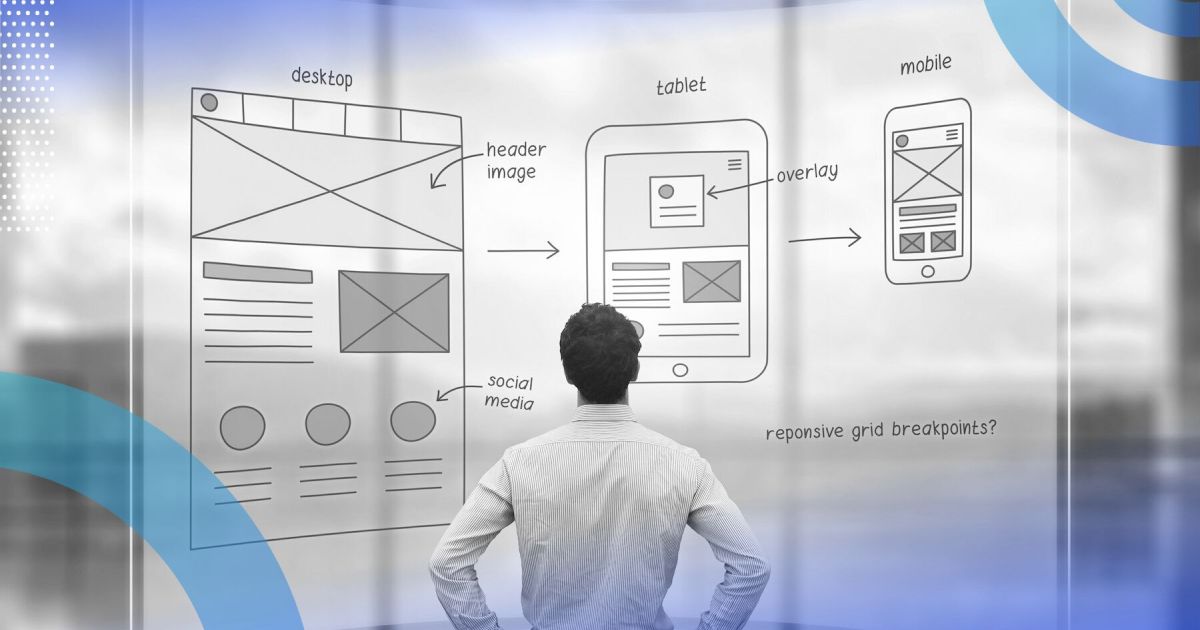The visual and interactive parts of a digital product or system with which people engage are referred to as the user interface (UI). It includes anything on a screen that people see, hear, and interact with, such as a website, mobile app, software application, or any other digital platform. A well-designed user interface’s major purpose is to produce a seamless and user-friendly experience that allows users to do their activities efficiently and with minimal frustration.
Some Key Components of User Interface:
Visual Design: The user interface’s aesthetics and layout, including colors, typography, graphics, icons, and overall visual hierarchy. Visual design is crucial in providing a pleasing and engaging user experience.
Layout and Organization: The positioning of buttons, navigation menus, and content areas on the screen. An intuitive and well-organized layout improves usability and directs users to the desired tasks.
Interactivity: The manner in which users interact with the interface, such as clicking buttons, filling out forms, dragging components, or utilizing touch-enabled gestures. Interactivity should be responsive and provide consumers with clear feedback.
Navigation: The system that allows users to navigate through the application’s pages, sections, or screens. Users can readily discover what they are seeking and understand their current placement inside the system if navigation is effective.
Input Controls: Buttons, checkboxes, radio buttons, dropdown lists, and text fields are examples of elements that allow users to input information or interact with the system.
Feedback and Notifications: Giving users fast feedback on their actions, system status, and any problems or confirmations. Feedback clarifies and reassures consumers about the consequence of their interactions.
Consistency: Keeping the design and interaction patterns constant throughout the interface. Consistency promotes familiarity, lowers cognitive strain, and enhances learnability.
Accessibility: Ensure that the interface is accessible to a wide range of users, including those with impairments. Screen readers, keyboard navigation, and contrast ratios are all variables in the accessible design.
Responsive Design: Adapting and displaying the interface optimally on a variety of devices and screen sizes, including computers, tablets, and smartphones.
User Flows : Understanding and creating the logical sequence of activities that users will perform within the interface in order to achieve their objectives. User flows that are smooth contribute to a more enjoyable and efficient experience.
The field of User Experience (UX) design, which addresses the full user journey and attempts to create meaningful and positive interactions between users and digital products or systems, includes UI design. Designers may dramatically improve the overall user experience and success of their digital goods by focusing on designing an understandable and visually appealing user interface.


Leave a Reply